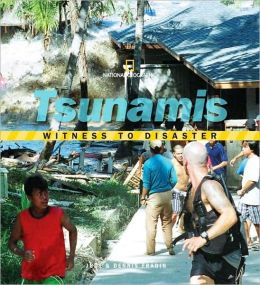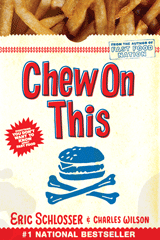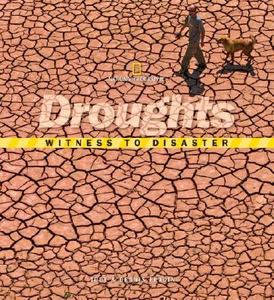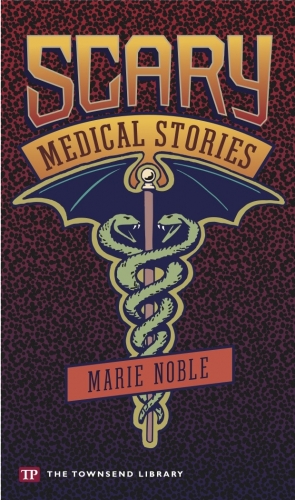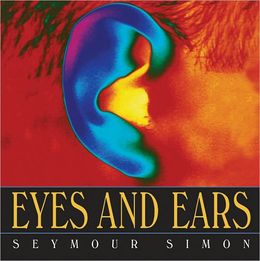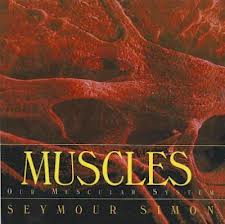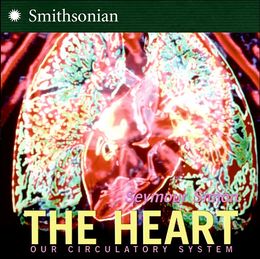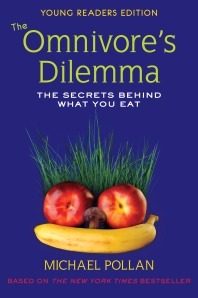 Today, buffeted by one food fad after another, America is suffering from what can only be described as a national eating disorder. Will it be fast food tonight, or something organic? Or perhaps something organic? Or perhaps something we few ourselves? The question of what to have for dinner has confronted us since man discovered fire. But as Micheal Pollan explains in this revolutionary book, how we answer it now, at the dawn of the twenty-first century, may determine our survival as a species. Packed with profound surprises, The Omnivore’s Dilemma is changing the way Americans think about the politics, perils and pleasures of eating.
Today, buffeted by one food fad after another, America is suffering from what can only be described as a national eating disorder. Will it be fast food tonight, or something organic? Or perhaps something organic? Or perhaps something we few ourselves? The question of what to have for dinner has confronted us since man discovered fire. But as Micheal Pollan explains in this revolutionary book, how we answer it now, at the dawn of the twenty-first century, may determine our survival as a species. Packed with profound surprises, The Omnivore’s Dilemma is changing the way Americans think about the politics, perils and pleasures of eating.
Excerpt: Air-conditioned, odorless, illuminated by buzzing fluorescent tubes, the American supermarket doesn’t present itself as having very much to do with Nature. And yet what is this place if not a landscape (man-made), it’s true) teeming with plants and animals? I’m not just talking about the produce section or meat counter, either-the supermarket’s flora and fauna. Ecologically speaking, these are this landscape’s most legible zones, the places where it doesn’t take a field guide to identify the resident species. Over there’s your eggplant, onion, potato, and leek; your apple, banana and orange. Spritzed with morning dew every few minutes, Produce is only corner of the supermarket where we’re apt to think “Ah, yes, the bounty of Nature!” which probably explains why such a garden of fruits and vegetables (sometimes flowers too) is what usually greets the shopper coming through the automatic doors.
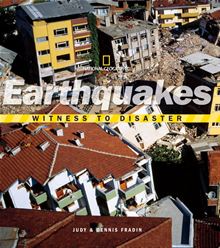 Have you ever wondered what causes earthquakes? By reading this book, you’ll learn all about the reasons earthquakes take place. Maps and diagrams will help you understand tectonics and stunning photos will show you the effects of an earthquake. By reading the accounts of people who have lived through earthquakes, you’ll get a clearer idea of what it’s like to witness one.
Have you ever wondered what causes earthquakes? By reading this book, you’ll learn all about the reasons earthquakes take place. Maps and diagrams will help you understand tectonics and stunning photos will show you the effects of an earthquake. By reading the accounts of people who have lived through earthquakes, you’ll get a clearer idea of what it’s like to witness one.
